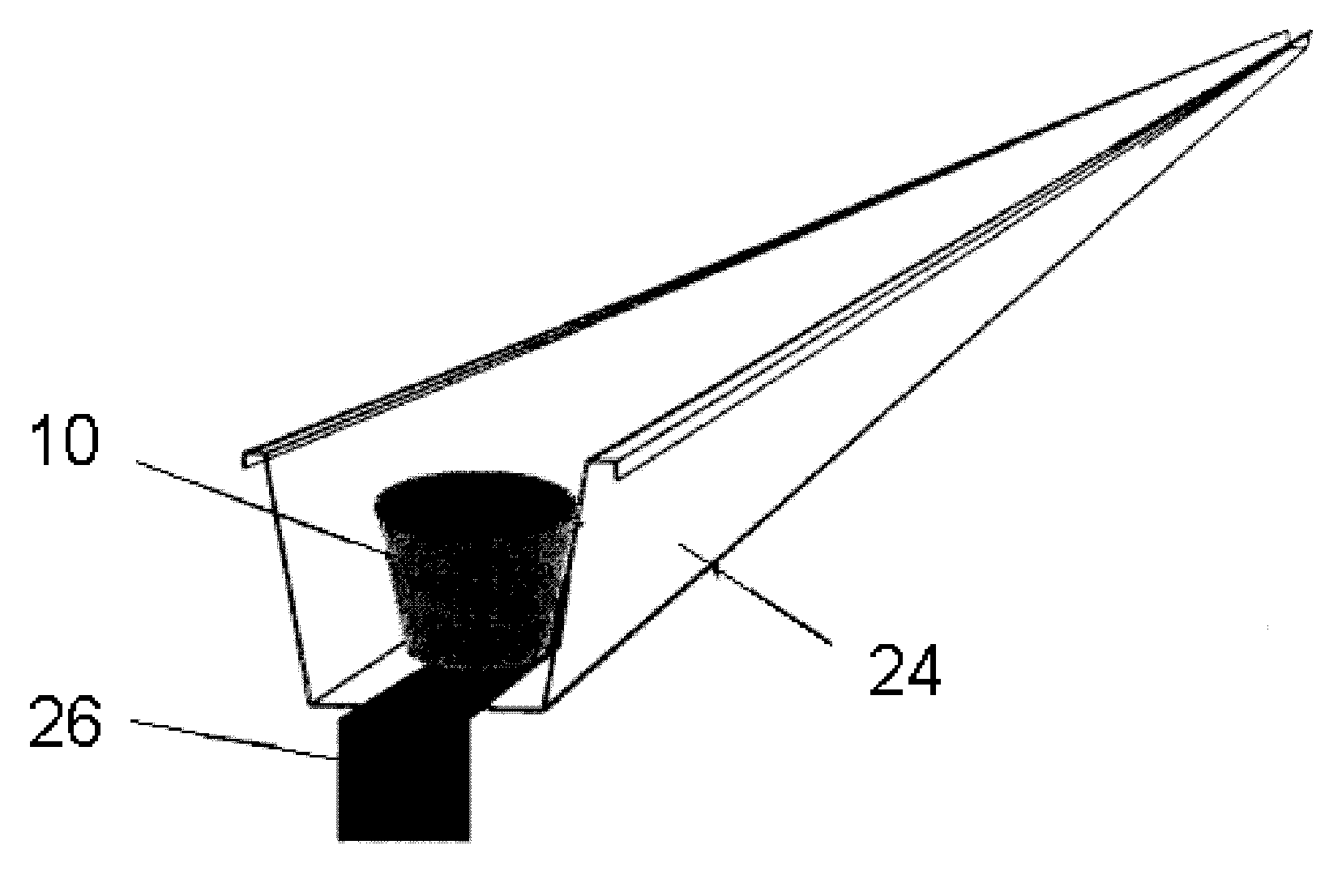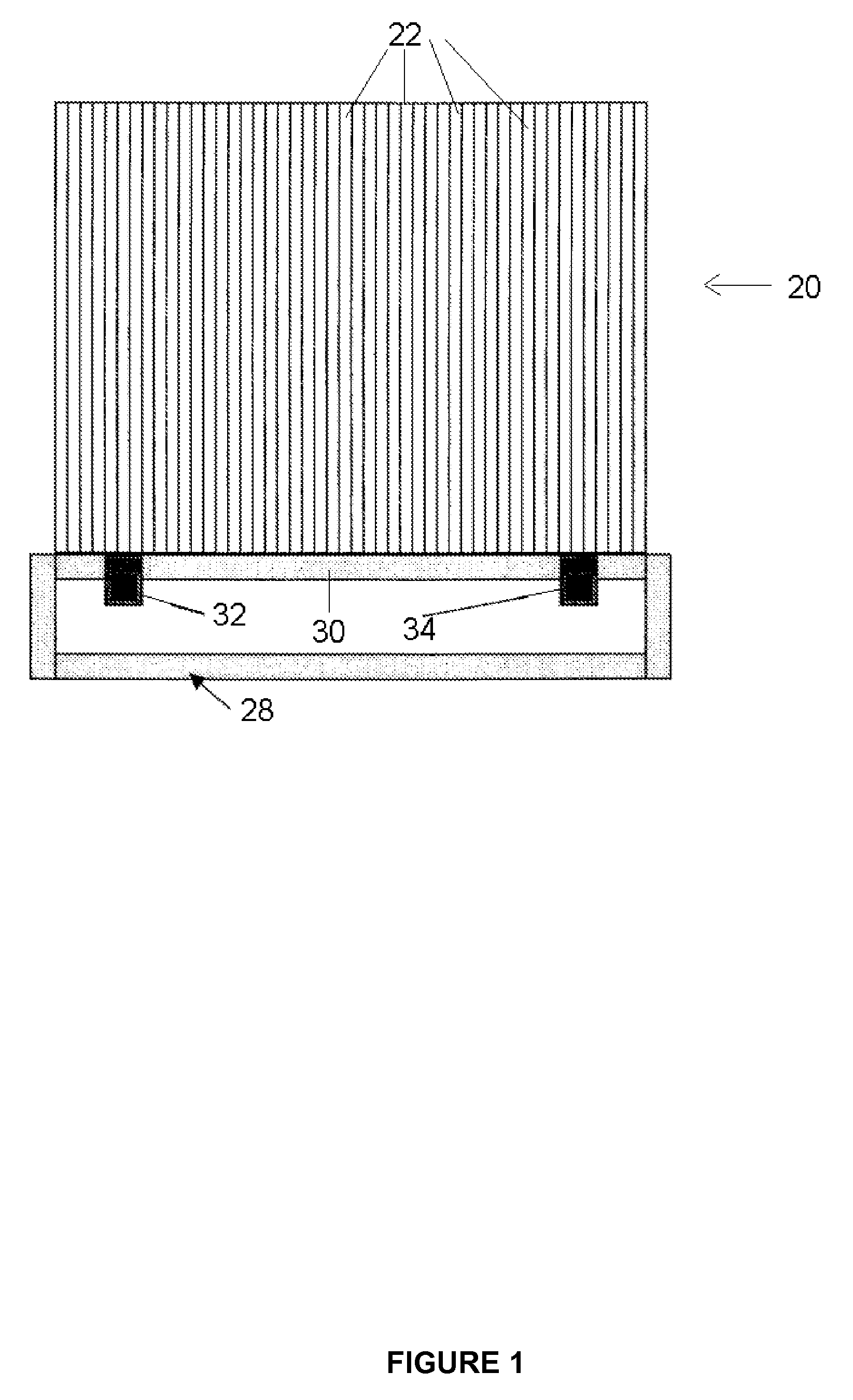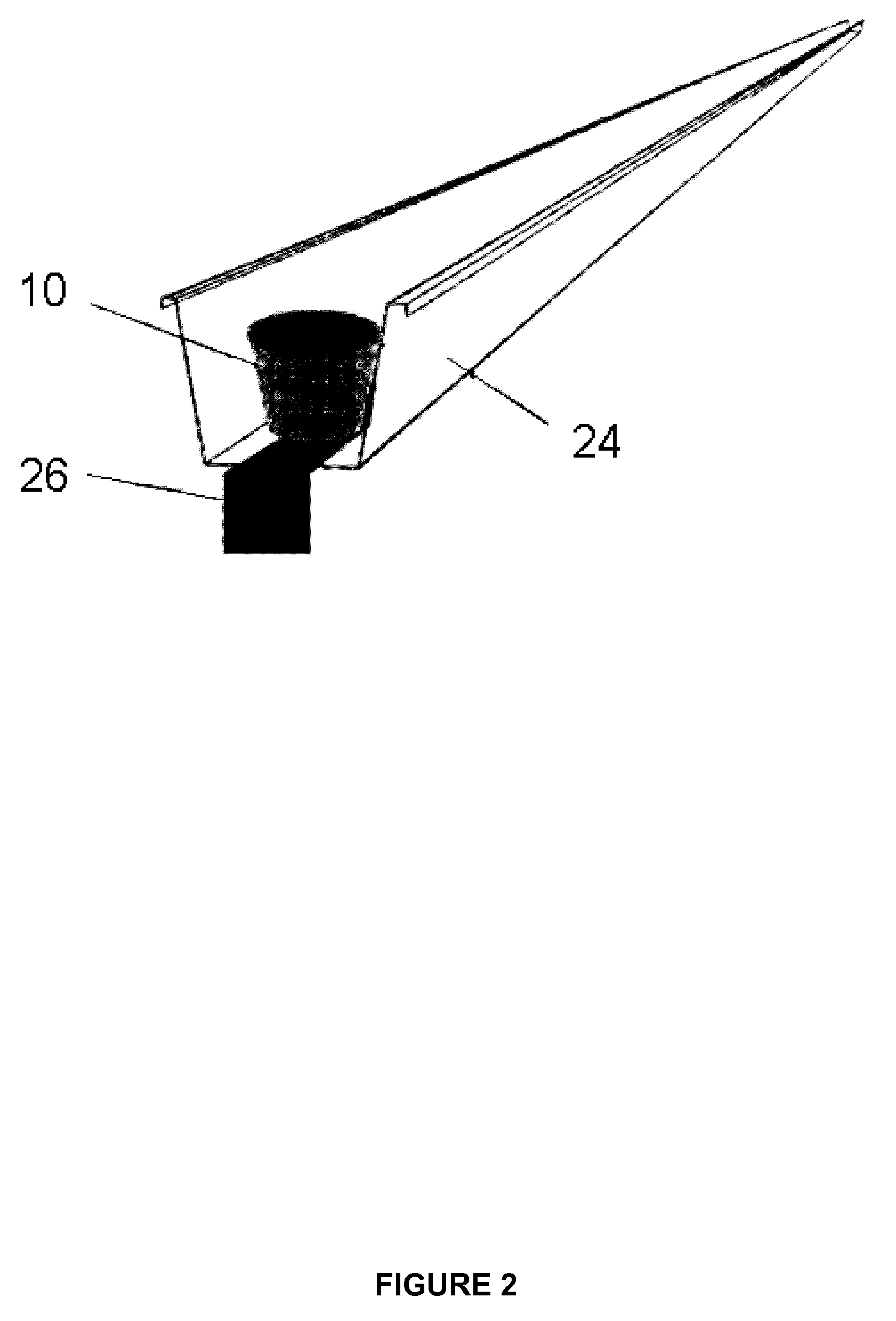Method for improved plant breeding
a plant breeding and improved technology, applied in the field of improved plant breeding system, can solve the problems of limiting the number of plants that can be analyzed, limiting the adaptability of these methods to breeding programs, and the need for large numbers of plants to be moved, so as to achieve rapid analysis of the effect of a genetic modification
- Summary
- Abstract
- Description
- Claims
- Application Information
AI Technical Summary
Benefits of technology
Problems solved by technology
Method used
Image
Examples
example 1
Reduction in Environment-Associated Phenotype
[0158]In classical breeding it is good practice and in crop variety evaluation programs it is necessary to test new varieties in several locations and for several seasons. The reason for this is that phenotypes vary with changing environments and different rankings of varieties are obtained under different environments. The analysis of publicly available data of over 40 years of crop evaluation in wheat in Western Australia (Cullis et al., 2000, Journal of Agricultural Science, Vol. 135, pp. 213-222) and 10 years in oat in South Australia (Frensham at al., 1997, Euphytica, Vol. 99, pp. 43-56), indicate that season to season (i.e. weather conditions) is by far the most important factor in this environmental variability. Cullis et al. found that 89% of the environment variability in the wheat yield data is caused by season variability. Frensham et al. estimated this percentage at 82% for oat yield. This percentage is expected to be of a sim...
example 2
Increased System Throughput by Continuous System for Imaging
[0161]In conventional imaging systems, plants are stopped just before entering the vision unit and allowed to enter one by one. Plants could additionally be stopped, positioned on a rotating plate for imaging, then removed from the plate and repositioned and conveyed out of the imaging station one plant / container at a time. In the present system, plants do not stop but proceed in a continuous fashion through the imaging system. The plants are positioned with an appropriate distance between the plants to obtain the highest speed without causing mismatches during transponder reading and / or collisions. Mechanical and optical sensors are utilized to synchronize the plant transport and the imaging actions. Some standard optical sensors sometimes sensed hanging leaves as separate moving objects (i.e. a plant with hanging leaves was sensed as two or more plants). Optical sensors that could differentiate single leaves from whole pl...
example 3
Improved Seed Dehulling Device
[0170]An improved seed dehulling device was developed for efficient dehulling and to minimize seed breakage. An example of the device is depicted in FIG. 4.
[0171]Nipponbare seeds: 05OS0.000.311.754, were used and evaluated for breakage. Various parameters of pressure and time of applied pressure were tested. Seeds were placed in the recipient, the block was lowered with a lever into the recipient onto the seeds at a pressure measured on a scale placed below the recipient, and the lever was then released.
[0172]Table 1 shows the results of experiments (method) for different pressure and time parameters (# seeds+pressure) tested. Each experiment was conducted twice. The results depict average values.
[0173]
MethodAmountSecondsPressure (kg)MovementDehuskedNot dehuskedBroken1150102No975212150152No109.540.503150202No120300415010NAYes103.5460515015NAYes117330615020NAYes132.517.507150103No103.54618150153No1232619150203No127230.510150104No114.534.51.511150154No123...
PUM
 Login to View More
Login to View More Abstract
Description
Claims
Application Information
 Login to View More
Login to View More - R&D
- Intellectual Property
- Life Sciences
- Materials
- Tech Scout
- Unparalleled Data Quality
- Higher Quality Content
- 60% Fewer Hallucinations
Browse by: Latest US Patents, China's latest patents, Technical Efficacy Thesaurus, Application Domain, Technology Topic, Popular Technical Reports.
© 2025 PatSnap. All rights reserved.Legal|Privacy policy|Modern Slavery Act Transparency Statement|Sitemap|About US| Contact US: help@patsnap.com



